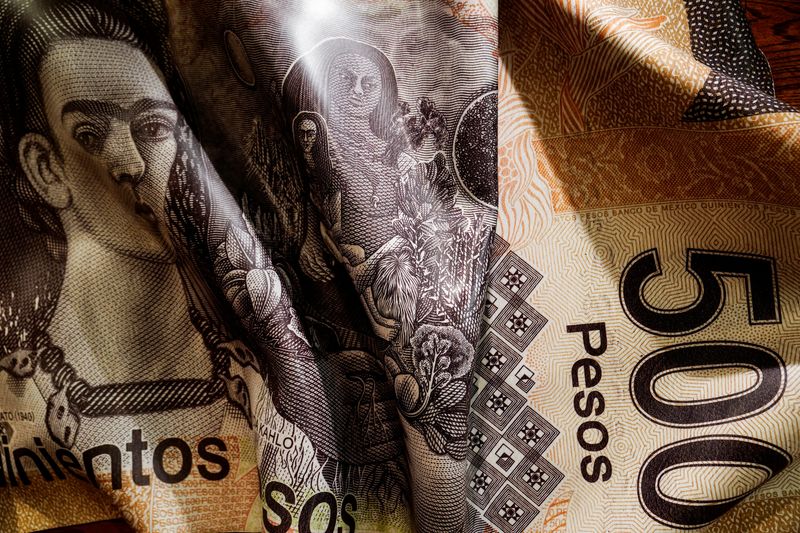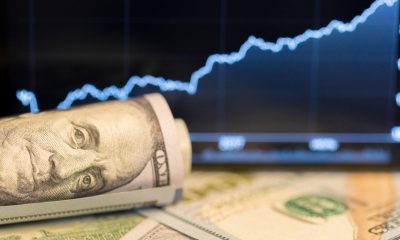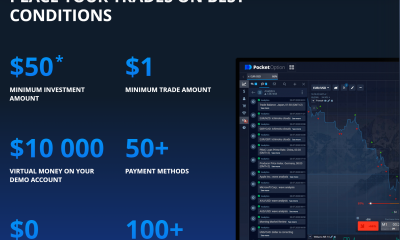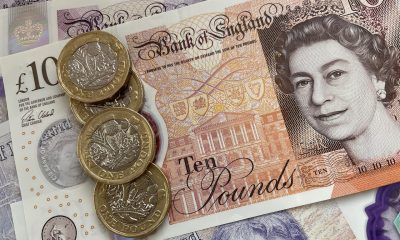Forex
Marketmind: It’s raining – or draining? – yen
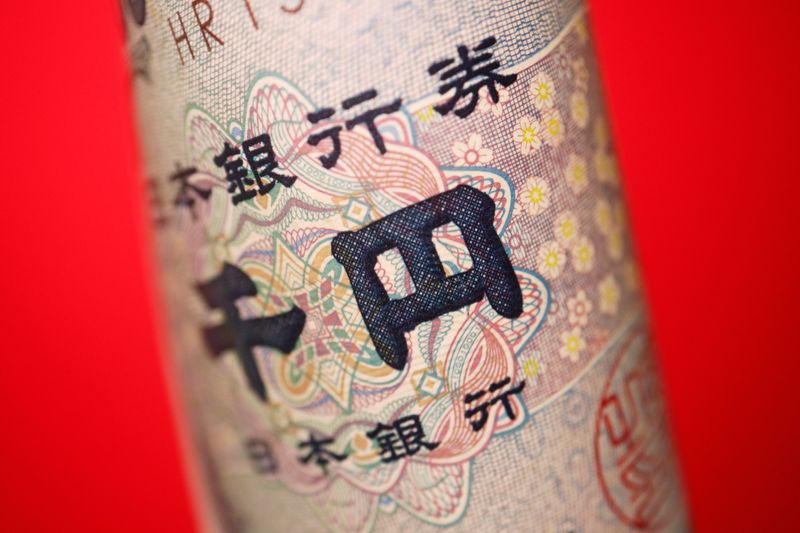
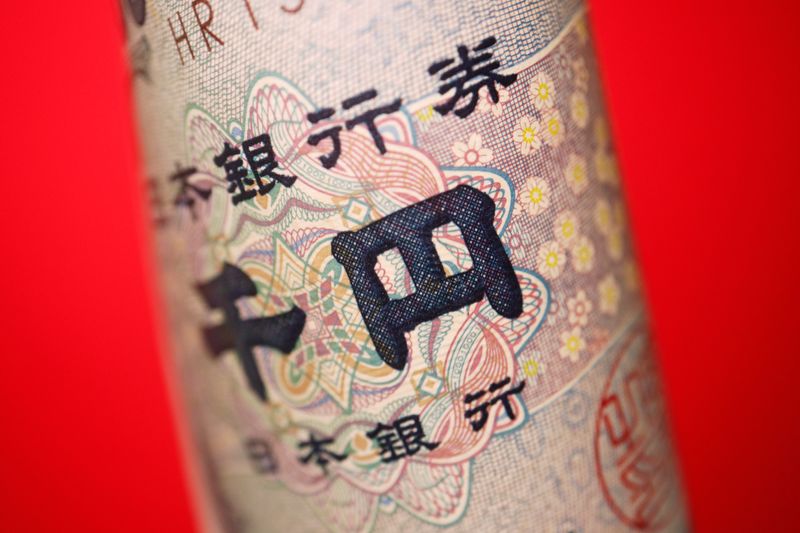
© Reuters. A banknote of Japanese yen is seen in this illustration picture taken June 15, 2022. REUTERS/Florence Lo/Illustration
By Jamie McGeever
(Reuters) – A look at the day ahead in Asian markets from Jamie McGeever, financial markets columnist.
The spotlight currently shining on Japan’s yen, and speculation around whether Tokyo will intervene to prevent further depreciation, will likely intensify on Tuesday with traders poised to push the currency to a fresh 33-year low.
Chinese President Xi Jinping’s visit to San Francisco on Tuesday for the Asia-Pacific Economic Cooperation leaders summit – where he will meet U.S. President Joe Biden the next day – will grab much of the news headlines, but probably won’t move markets much.
Before those face-to-face talks, and absent major Asian economic data releases or policy events, the greatest potential for market-moving action on Tuesday could be in currencies.
The yen hit its lowest level in more than a year on Monday, near the key psychological level of 152.00 per dollar, but rallied sharply amid a flurry of options-related trading.
Market participants say there has been no sight of Japanese authorities in the market – not yet, anyway – and Japanese Finance Minister Shunichi Suzuki reiterated that the government will keep monitoring the FX market and respond appropriately.
Currency traders may be tempted to test Tokyo’s resolve again on Tuesday. The policy pressures facing Japanese authorities are intense, and the potential risks to financial markets if policymakers misstep are growing.
After battling against deflation for decades, the Bank of Japan is moving away from ultra-loose policy. It’s a delicate and complicated path to navigate though.
Bond yields are the highest in a decade and rising, the yen is the weakest in decades, stocks are near their highest in more than three decades, and according to Goldman Sachs, financial conditions are the loosest in more than three decades.
As Deutsche Bank’s George Saravelos put it on Monday, normalizing policy and unwinding the world’s biggest carry trade – which he pegs at $20 trillion – will not be easy or pain free.
More broadly, investors in Asia go into Tuesday’s session on a reasonably strong footing following Monday’s gains, but with little impetus to add to them.
The MSCI emerging market and Asia ex-Japan indexes both snapped four-day losing streaks on Monday, rising 0.5% and 0.6%, respectively, but trading on Wall Street was listless. It was also listless in U.S. Treasuries, although this is perhaps a good thing given that Moody’s (NYSE:) cut the U.S. credit ratings outlook on Friday.
In corporate news, the major earnings releases on Tuesday include Japanese financial giants Mitsubishi UFJ (NYSE:) and Sumitomo Mitsui (NYSE:) Financial Group, while figures are expected to show that India’s annual wholesale price inflation rate, which has been negative since April, was -0.2% in October.
Here are key developments that could provide more direction to markets on Tuesday:
– India wholesale price inflation (October)
– Chinese President Xi Jinping visits the U.S.
– Fed’s Jefferson, Barr, Mester and Goolsbee all speak
(By Jamie McGeever; Editing by Josie Kao)

 Forex3 years ago
Forex3 years agoForex Today: the dollar is gaining strength amid gloomy sentiment at the start of the Fed’s week

 Forex3 years ago
Forex3 years agoUnbiased review of Pocket Option broker

 Forex3 years ago
Forex3 years agoDollar to pound sterling exchange rate today: Pound plummeted to its lowest since 1985

 Forex3 years ago
Forex3 years agoHow is the Australian dollar doing today?

 Cryptocurrency3 years ago
Cryptocurrency3 years agoWhat happened in the crypto market – current events today

 World3 years ago
World3 years agoWhy are modern video games an art form?

 Commodities3 years ago
Commodities3 years agoCopper continues to fall in price on expectations of lower demand in China

 Economy3 years ago
Economy3 years agoCrude oil tankers double in price due to EU anti-Russian sanctions





